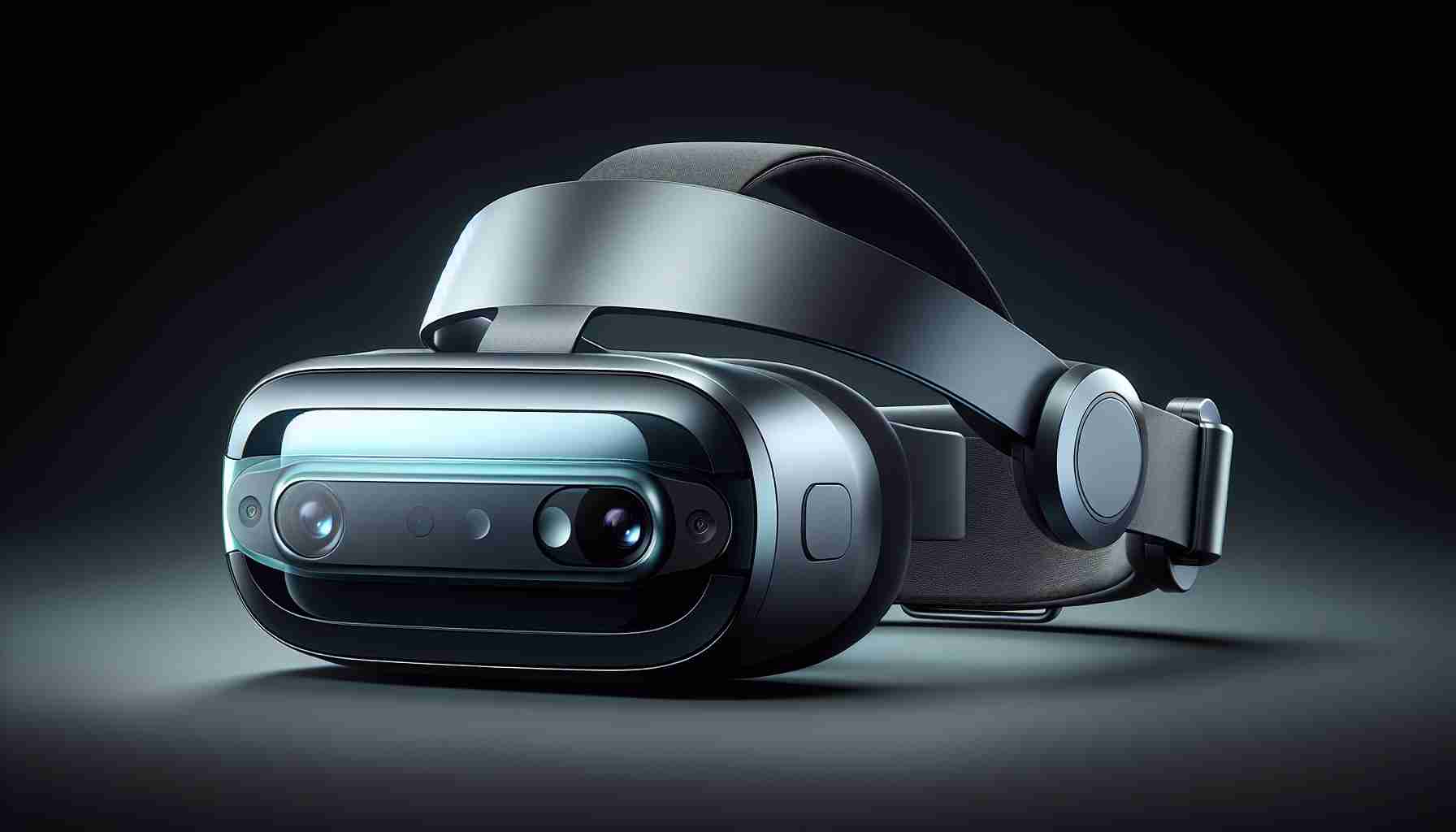The Apple Vision Pro headset is revolutionizing the world of virtual reality with its immersive experience and cutting-edge technology. With a starting price of $3,499, the Vision Pro is a premium product that offers users the ability to explore virtual environments like never before.
One key feature of the Vision Pro is its high-resolution display, which places high-resolution computer graphics just millimeters from the user’s eyes. This display is a significant advancement in the VR industry, providing crisp visuals and lifelike colors. It utilizes state-of-the-art manufacturing techniques to achieve this level of quality.
According to estimates from research firm Omdia, the “bill of materials” for the Vision Pro headset is approximately $1,542, excluding additional costs such as research and development, packaging, marketing, and Apple’s profit margin. The most expensive component of the headset is the 1.25-inch Sony Semiconductor display, which plays a crucial role in delivering a realistic virtual experience.
The Vision Pro’s displays are a significant leap forward in display technology, with each display boasting a resolution of 3660 by 3200 pixels. This results in over 23 million total pixels across both displays. These screens are some of the densest ever built, with 54 Vision Pro pixels able to fit within a single pixel of an iPhone.
One notable advantage of the Vision Pro’s display is its pixel density, which makes it ideal for features such as passthrough mode. This mode uses outward-facing cameras to display the real world within the headset, providing a more seamless transition between virtual and real environments. It also enhances the readability of text and numbers within the virtual reality experience.
While the Vision Pro’s starting price may be higher than some competing headsets, its innovative features and state-of-the-art display technology justify the cost. Apple’s commitment to pushing the boundaries of technology has once again brought forth a product that sets new standards in the virtual reality market. The Vision Pro is not just a headset; it’s a glimpse into the future of computing and immersive experiences.
Frequently Asked Questions about the Apple Vision Pro Headset:
1. What is the starting price of the Apple Vision Pro headset?
The starting price of the Vision Pro headset is $3,499.
2. What is the key feature of the Vision Pro headset?
The key feature of the Vision Pro is its high-resolution display, which provides crisp visuals and lifelike colors.
3. How close are the computer graphics to the user’s eyes?
The high-resolution display places the computer graphics just millimeters from the user’s eyes.
4. How much does the “bill of materials” for the Vision Pro headset cost?
According to estimates, the “bill of materials” for the Vision Pro headset is approximately $1,542, excluding additional costs.
5. What is the most expensive component of the headset?
The most expensive component of the headset is the 1.25-inch Sony Semiconductor display, which plays a crucial role in delivering a realistic virtual experience.
6. What is the resolution of each display in the Vision Pro headset?
Each display in the Vision Pro headset boasts a resolution of 3660 by 3200 pixels, resulting in over 23 million total pixels across both displays.
7. What is the advantage of the Vision Pro’s pixel density?
The high pixel density of the Vision Pro’s display makes it ideal for features such as passthrough mode, which seamlessly transitions between virtual and real environments. It also enhances the readability of text and numbers.
8. Is the Vision Pro headset worth the higher price?
Yes, the Vision Pro’s innovative features and cutting-edge display technology justify its higher price. Apple’s commitment to pushing technological boundaries sets new standards in the virtual reality market.
Definitions:
– Virtual Reality (VR): A computer-generated simulation of a three-dimensional environment, which can be interacted with using special electronic equipment such as headsets.
– Bill of Materials (BOM): The complete list of materials or components required to manufacture a product.
– Pixel Density: The number of pixels per unit area on a display screen, often measured in pixels per inch (PPI).
Related links:
– Apple Official Website
The source of the article is from the blog macholevante.com
